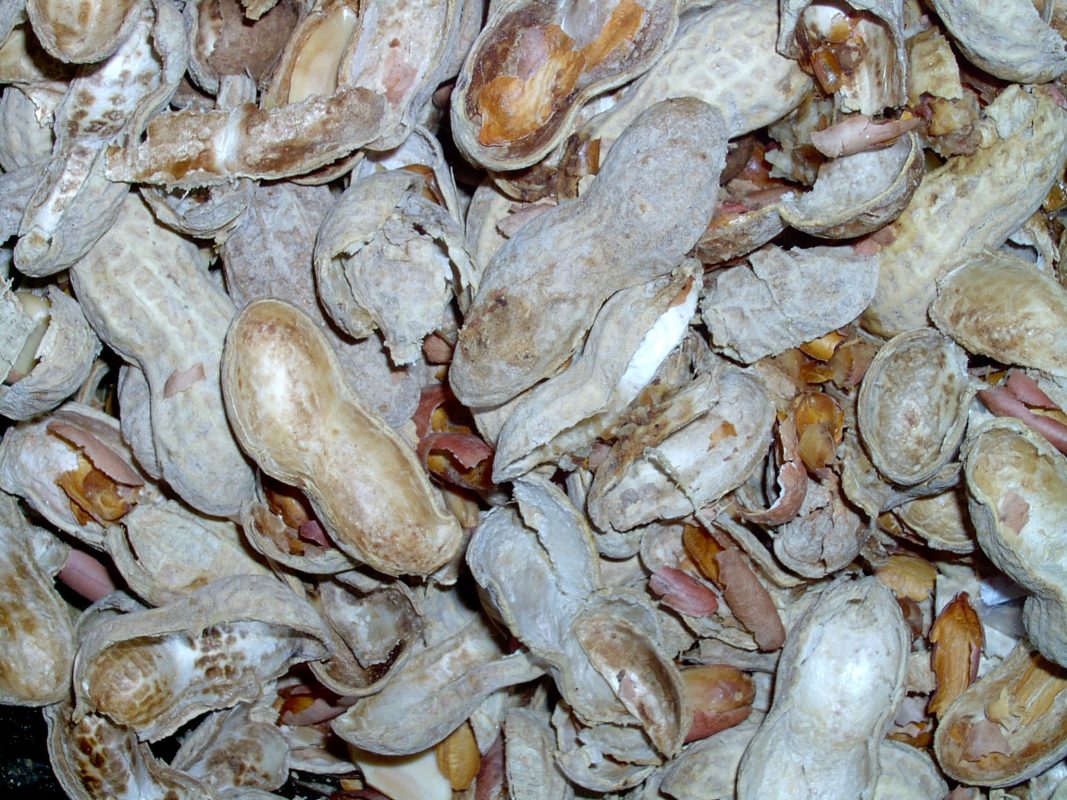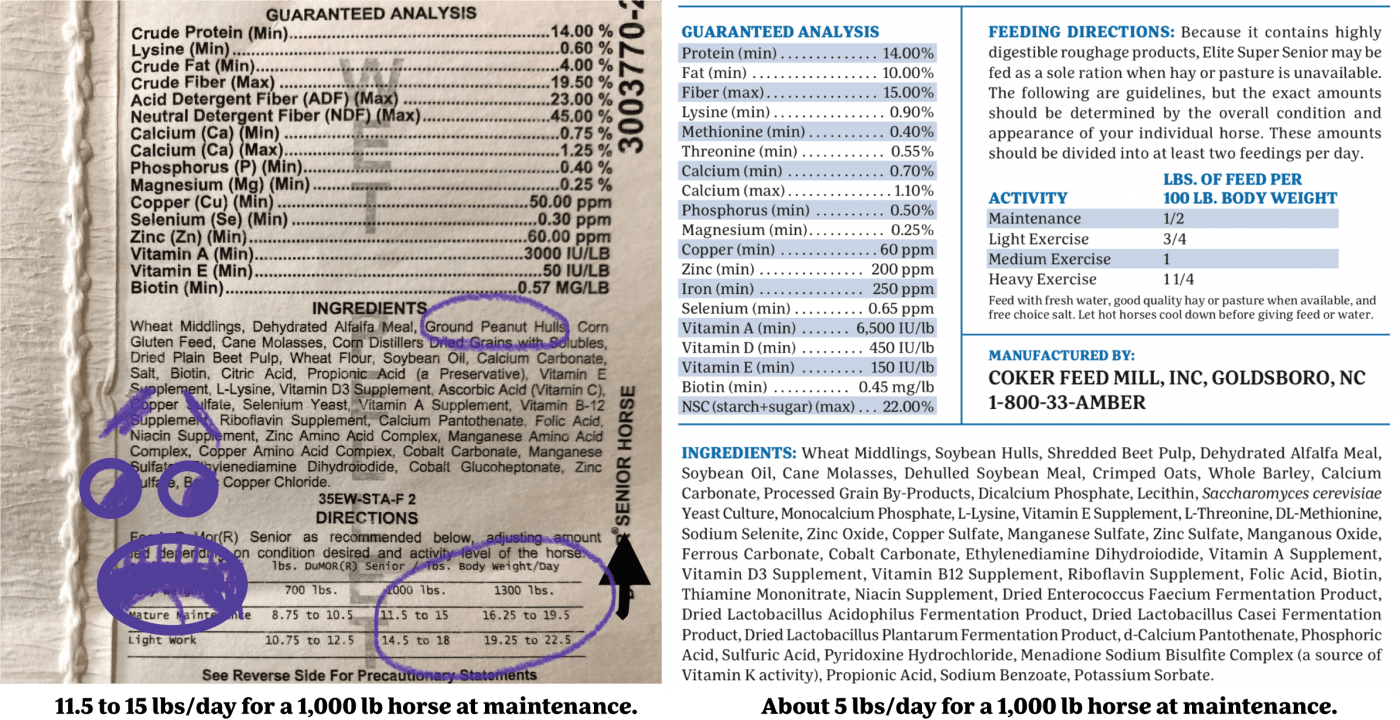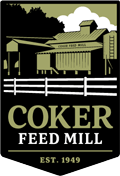We get red-faced, boot-stomping mad when we see there are peanut hulls in horse feed. Read on to find out why we’re so angry, and how to avoid digging a hole in your back yard and throwing your money into it.

1. Peanut hulls have almost zero nutritional value.
Low protein. Low fat. Low minerals. And no vitamins whatsoever. Here’s a chart that compares key nutrients in peanut hulls vs. soy hulls:

I’m sure you noticed that peanut hulls didn’t lose every race. They’re packed with fiber, often more than 60%. If you know how important fiber is for horses, you might get excited. Hold off on that for now.
2. Peanut hulls have plenty of fiber, but not the good kind that horses need.
Peanut hulls are usually over 60% fiber. Up to 75% of that fiber is lignin, which is the tough stuff that is completely indigestible for horses.
That’s not the worst of it. Too much lignin can make it much harder for horses to digest other nutrients by causing digestive upset.
3. Peanut hulls carry a greater risk for aflatoxins.
Aspergillus Molds–they don’t sound pleasant, and they aren’t. These fungi love groundnuts like peanuts more than just about anything, and the aflatoxins they produce can be lethal to horses, livestock, and even humans. These toxins are far more likely to be concentrated in by-products like pelletized peanut hulls.
4. Peanut hulls are cheap.
“But,” you say, “It’s hard to find a cheap feed without peanut hulls.” That makes sense. Peanut hulls are a major ingredient in cheap feeds because…they’re CHEAP. They’re usually only about half the price of the most economy digestible ingredients.
But here’s the real kicker. Peanut hulls are so low in digestible energy, you’ll usually have to feed about twice as much of that cheap feed. (Only to see about half the results.)
Here’s a tag comparison of a feed with peanut hulls (from an actual bag of senior horse feed we found at a big box store) to one of our feeds with comparable protein and fat percentages:

5. Peanut hulls are hiding.
That senior feed mentioned above? This is the part that really gets us. It’s selling for $18.50. Peanut hulls can be hiding in feeds that we definitely don’t consider economy.
At least that tag was honest. Often, peanut hulls are labeled under the blanket term “roughage products.” That could mean good things, like beet pulp and alfalfa. But from what we’ve found, if a company is proud of an ingredient, they’ll name it.
Peanut hulls aren’t completely useless. Remember that hole in your back yard we’d prefer you not throw your money into? Go ahead and dump your peanut hulls in there. They’re alright as a carrier for fertilizer, and they make pretty good mulch.
Better yet, if you happen to have some puddles of Gray Reactive BF-2R (RG), they have a proven track record for absorbing such industrial dyes. But please. Oh, please. Don’t feed it to your horses.
If you found this helpful, let us know and share it with a friend.


I love your feed, but I have ended up with pastures full of buttercups. Could there be some seeds in your feed? Or, would they be coming from some other source. I appreciate your help. Janet Fowler; Sandhills Feed Supply Company
Hi Janet,
Although many of our products have ingredients that may sprout (sunflower seeds, corn, wheat, barley, oats), we do not have anything that would produce buttercups. I do hope it’s not a total nuisance and that you are able to take care of the problem. At least the silver lining is a bunch of lovely buttercups!
I’m glad you are enjoying our feed. We appreciate you!
Sincerely,
Amber